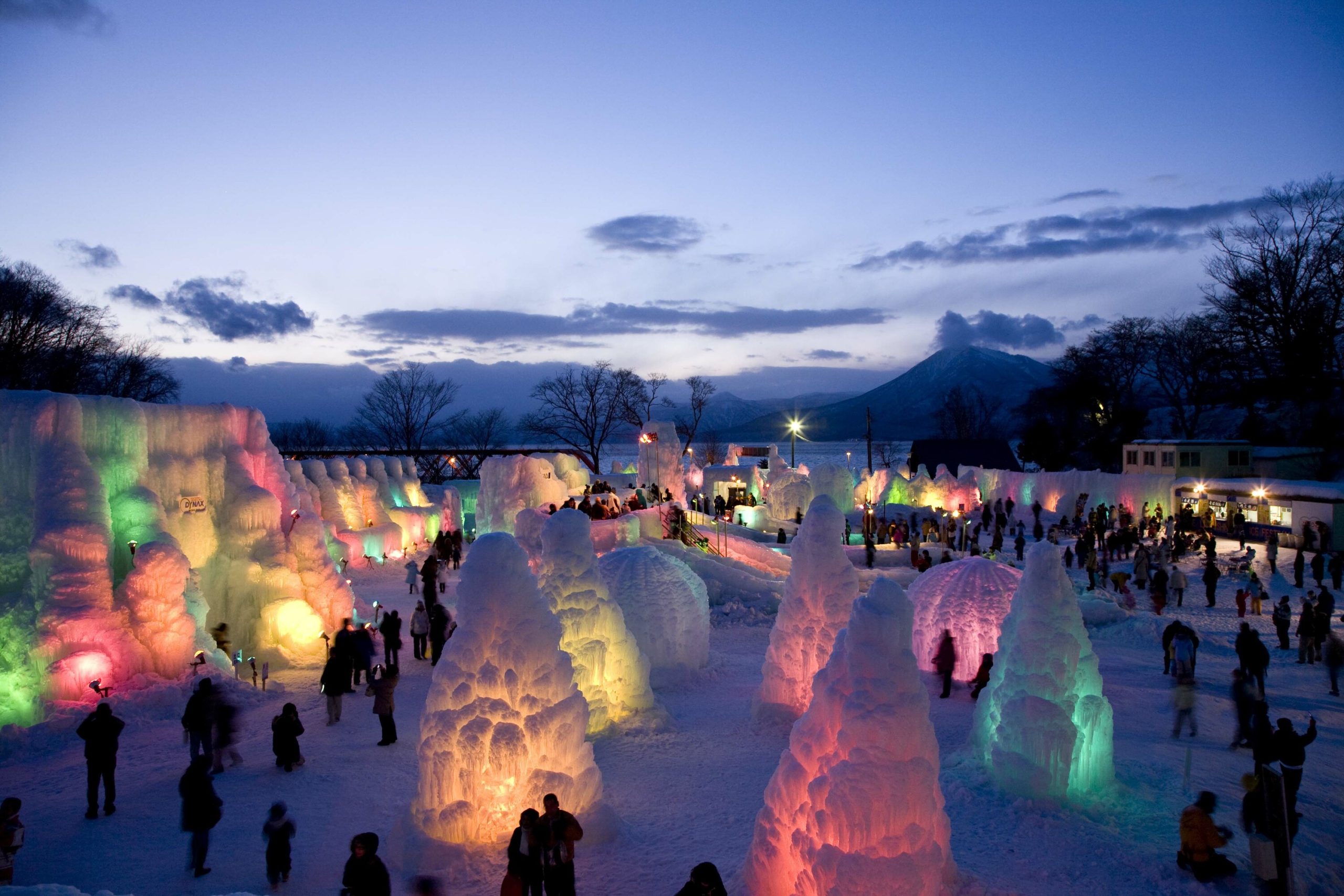The Sapporo Snow Festival in Japan is renowned globally for its magnificent ice sculptures and vibrant atmosphere, drawing millions of visitors each year. However, the world hosts several other snow festivals that offer unique and creative experiences, often overshadowing the Sapporo festival in innovation and cultural immersion. This article explores some of these lesser-known yet equally mesmerizing snow festivals around the globe.
Harbin Ice and Snow Festival, China
The Harbin Ice and Snow Festival, situated in northeastern China, is famed for its breathtaking ice sculptures and vast snow landscapes. Starting in early January and lasting until the ice melts in February, this festival turns the city of Harbin into a winter wonderland. Artists and sculptors from across the globe participate, creating massive structures from blocks of ice pulled from the nearby Songhua River. The skill and scale of the artworks are truly a sight to behold, making it a significant cultural spectacle in the winter season.
One of the most captivating aspects of the Harbin festival is the intricate lighting used to illuminate the sculptures, creating a mesmerizing effect that enhances the detailed craftsmanship. Themes vary yearly, featuring everything from mythical creatures to famous landmarks. The festival also offers ice swimming, ice sailing, and Siberian tiger watching, making it a multifaceted winter event that goes beyond mere visual spectacle.
In addition to the sculptures, Harbin is renowned for its ice lantern tours in Zhaolin Park, where visitors walk through a magical setting of glowing ice lanterns. This festival not only showcases artistic talent but also serves as a bridge between cultures, as it includes influences from Russian winter festivals—owing to Harbin’s geographic and historical ties with Russia.
Quebec Winter Carnival, Canada
The Quebec Winter Carnival in Canada is another extraordinary event that rivals the creativity seen at Sapporo. Held annually in February, this carnival turns the historic city of Quebec into a vibrant party scene amidst the snow. The festival is anchored by Bonhomme, a beloved snowman figure, who is the official mascot and symbol of the joyous festivities.
Activities at the Quebec Winter Carnival are diverse, ranging from night parades featuring beautifully illuminated floats to competitions like canoe races on the icy waters of the St. Lawrence River. The festival also includes something uniquely Canadian—outdoor hockey tournaments. Spectators can enjoy watching teams battle it out on frozen ponds, a quintessential Canadian winter experience.
One of the creative highlights of the Quebec Carnival is the International Snow Sculpture Competition, which invites teams from around the world to carve large blocks of snow into intricate designs. This competition not only fosters international cooperation but also allows artists to display their cultural heritage through snow art, similar to but distinct from the ice sculptures of Harbin and Sapporo.
SnowCastle of Kemi, Finland
Finnish creativity shines at the SnowCastle of Kemi, an annual construction project that rebuilds a massive snow fort every winter in the town of Kemi, Finland. Unlike many festivals that focus solely on temporary sculptures, the Kemi SnowCastle is a functional structure, housing a hotel, a restaurant, and a chapel, all made entirely of snow and ice.
Each year, the design of the castle varies, often reflecting a particular theme or artistic vision, which adds a fresh appeal annually. The architectural designs are sophisticated, and the interiors are adorned with artistic ice carvings, enhancing the magical experience. The SnowCastle not only offers a visual feast but also provides practical hospitality services, allowing guests to dine and even sleep within its icy walls.
The festival associated with the SnowCastle also includes various activities such as ice fishing, snowmobile safaris, and husky sledding, providing an immersive experience into Finnish culture and the arctic lifestyle. This combination of functionality and artistry makes the SnowCastle of Kemi a unique festival, demonstrating innovative uses of snow beyond just aesthetic sculptures.
Conclusion
In conclusion, while the Sapporo Snow Festival is undoubtedly a spectacular event, many other snow festivals around the world offer unique and creative alternatives that celebrate winter with equal grandeur and artistry. From the architectural marvels of the Harbin Ice and Snow Festival to the culturally rich Quebec Winter Carnival and the innovative SnowCastle of Kemi, these festivals provide not only visually stunning experiences but also deeper cultural engagements and community festivities. Exploring these festivals can offer fresh perspectives and new inspirations for both winter enthusiasts and general travelers alike.
